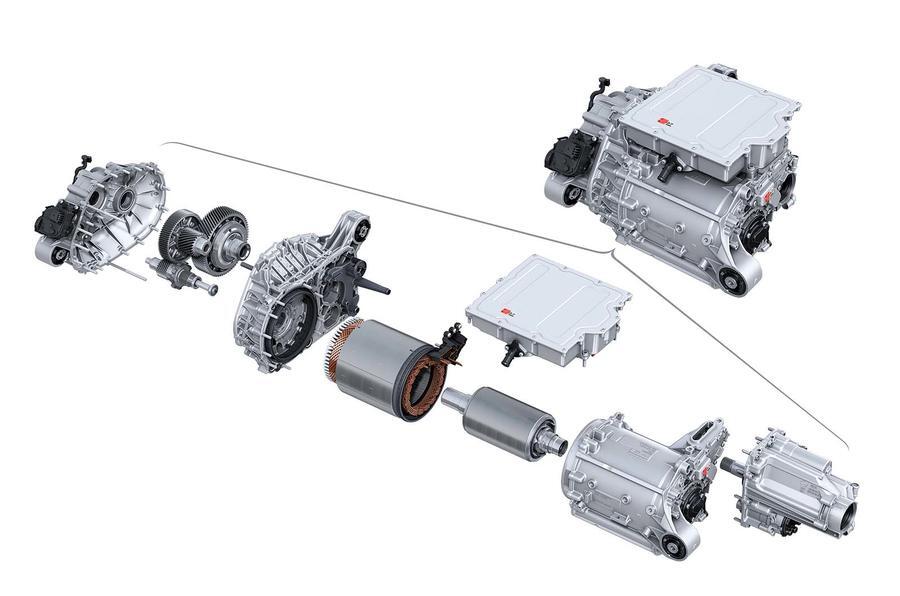Most of the major manufacturers have already revealed technology road maps for the next decade that involve a steady move away from ICE to pure-electric drivetrains.
Anyone who’s ever visited a modern engine plant will appreciate just what a huge task that must be and how no manufacturer would take the decision lightly.
There’s more to it than simply the cost and a shift in strategy: there are cultural implications too. Skills built up in the industry over 100 years for the development of complex ICE powertrains will be replaced by a different set altogether.
Audi’s facility at Gyor, Hungary, is billed as the largest powertrain plant in the world and it’s where the firm is producing all the electric drivetrains for its new Premium Platform Electric (PPE), developed with Porsche for larger cars.
The plant makes both the drive motors and axles for Audi’s own cars and the motor side involves a complete shift away from traditional powertrain manufacturing. The casting and machining of engine blocks, boring cylinders and then assembling the dozens of moving parts has given way to, on the face of it, the mechanically simpler alternative of the stators and rotors of electric motors.
Audi says it has made 500,000 electric motors since 2018, and although there may be fewer moving parts in the end result, there are still lots of parts to assemble. There are 15 automatic bending machines to make the U-shaped ‘hairpin’ windings that in modern motors replace the continuous lengths of wire in traditional windings.
Each stator (which forms the coils of a motor surrounding the revolving rotor with its permanent magnets) comprises 140m of copper wire in those hairpin windings, which are joined into continuous lengths with 235 laser welds. More pressings and fewer bolted fasteners than combustion engines mean more robots can be used for assembly.





Join the debate
Add your comment
No mention of cost to produce the Battery?,because they're lighter more efficient ,are they less work to built the EV motors?, will this translate into cheaper cars?
You're right, it also doesn't mention what sort of oil to use when making chips. This article is purely about electric motors made by Audi, the clue is in the title.